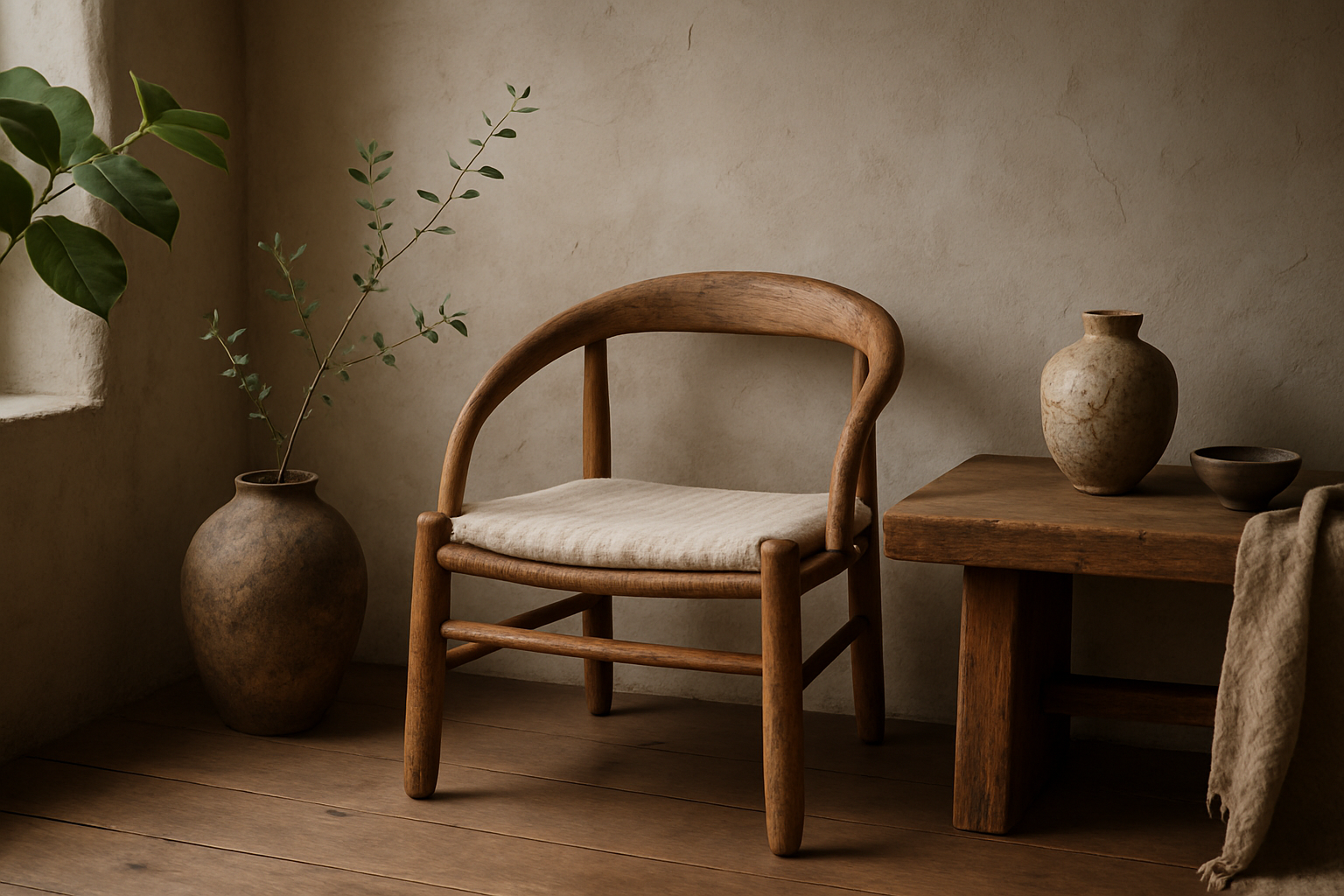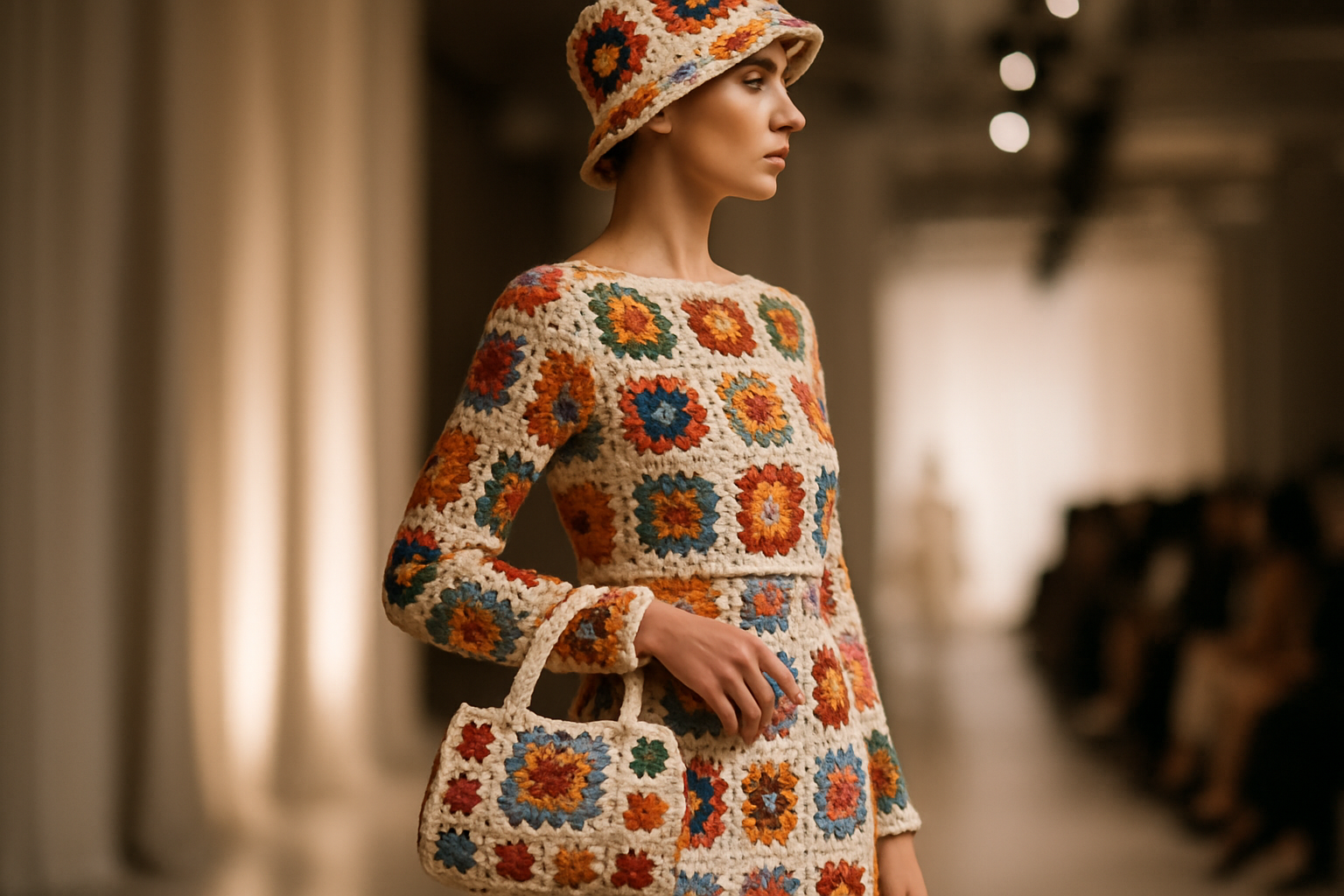Wabi-Sabi: Embracing Imperfection in Home Design
In a world obsessed with perfection, a quiet revolution is taking place in home design. Wabi-sabi, an ancient Japanese philosophy, is making its way into Western interiors, offering a refreshing counterpoint to the polished aesthetics that have long dominated our living spaces. This design approach celebrates the beauty of imperfection, transience, and incompleteness, encouraging us to find peace in the natural cycles of growth and decay. As we explore this captivating concept, we'll discover how wabi-sabi can transform our homes into havens of tranquility and authenticity.

The Roots of Wabi-Sabi
Wabi-sabi finds its origins in 16th century Japanese tea ceremonies, where rustic, imperfect tea bowls were prized over ornate, flawless ones. The term combines two concepts: wabi, which refers to the beauty of simplicity and humility, and sabi, which embraces the passage of time and the marks it leaves behind. Together, they form a worldview that sees beauty in the flawed, the aged, and the natural.
In traditional Japanese aesthetics, wabi-sabi manifested in asymmetrical pottery, weathered wooden beams, and simple, unadorned spaces. It was a rejection of opulence and a celebration of the authentic and the humble. Today, this philosophy is being reinterpreted for modern homes, offering an antidote to the sleek, mass-produced interiors that have dominated design in recent decades.
Wabi-Sabi Materials and Textures
At the heart of wabi-sabi design is a deep appreciation for natural materials and the way they age over time. Wood, stone, clay, and textiles are key elements, chosen for their ability to develop character as they wear. Rough-hewn wooden tables, cracked leather armchairs, and handmade ceramics with visible imperfections all embody the wabi-sabi spirit.
Textures play a crucial role in creating a wabi-sabi atmosphere. Soft, nubby linens, raw silk, and unfinished wood surfaces invite touch and create a sense of warmth. These materials are often left in their natural state or treated minimally, allowing their inherent qualities to shine through. The result is an interior that feels lived-in and deeply personal, a far cry from the sterile perfection of many contemporary spaces.
Color Palettes Inspired by Nature
Wabi-sabi interiors typically feature a muted, earthy color palette that draws inspiration from the natural world. Soft whites, warm grays, and gentle browns form the foundation, complemented by subtle greens, blues, and ochres. These colors are often found in their raw, pigmented forms rather than bright, artificial hues.
The key to a wabi-sabi color scheme is its ability to create a sense of calm and groundedness. By mimicking the colors found in nature, these interiors help us feel more connected to the world around us. Walls might be finished with natural lime plaster, allowing subtle variations in texture and tone. Fabrics and furnishings in complementary earth tones add depth and interest without overwhelming the senses.
Embracing Asymmetry and Negative Space
In contrast to the rigid symmetry often found in Western design, wabi-sabi embraces asymmetry and irregularity. This might manifest in the placement of furniture, the arrangement of objects, or even in the objects themselves. A hand-thrown vase with a slightly wonky rim or a naturally curved branch used as a curtain rod exemplifies this principle.
Equally important is the concept of negative space, or ma in Japanese. Wabi-sabi interiors often feature areas of emptiness that allow the eye to rest and the mind to calm. This doesn’t mean spaces are sparse or minimalist in the Western sense, but rather that there’s a thoughtful balance between objects and the space around them. It’s an approach that encourages mindfulness and appreciation for each carefully chosen element.
The Art of Repair and Renewal
Perhaps one of the most radical aspects of wabi-sabi design is its attitude towards repair and renewal. Instead of hiding signs of wear or damage, wabi-sabi celebrates them as part of an object’s history. The Japanese practice of kintsugi, where broken pottery is repaired with gold-dusted lacquer, is a perfect example of this philosophy in action.
In a wabi-sabi home, a chipped bowl might be proudly displayed, its imperfection seen as a mark of character rather than a flaw. Worn wooden floors are left unrestored, their patina telling the story of years of use. This approach not only reduces waste but also fosters a deeper connection to our possessions and our living spaces.
Cultivating Mindfulness Through Design
At its core, wabi-sabi is about more than just aesthetics—it’s a way of life that encourages mindfulness, simplicity, and a deeper connection to our environment. By surrounding ourselves with objects that bear the marks of time and use, we’re reminded of the transient nature of all things and the beauty inherent in the cycle of life.
Incorporating wabi-sabi principles into our homes can help create spaces that feel more authentic, peaceful, and grounded. It’s an invitation to slow down, to appreciate the subtle textures and imperfections around us, and to find beauty in the everyday. As we move towards more sustainable and mindful ways of living, wabi-sabi offers a timeless approach to creating homes that nurture both body and soul.





